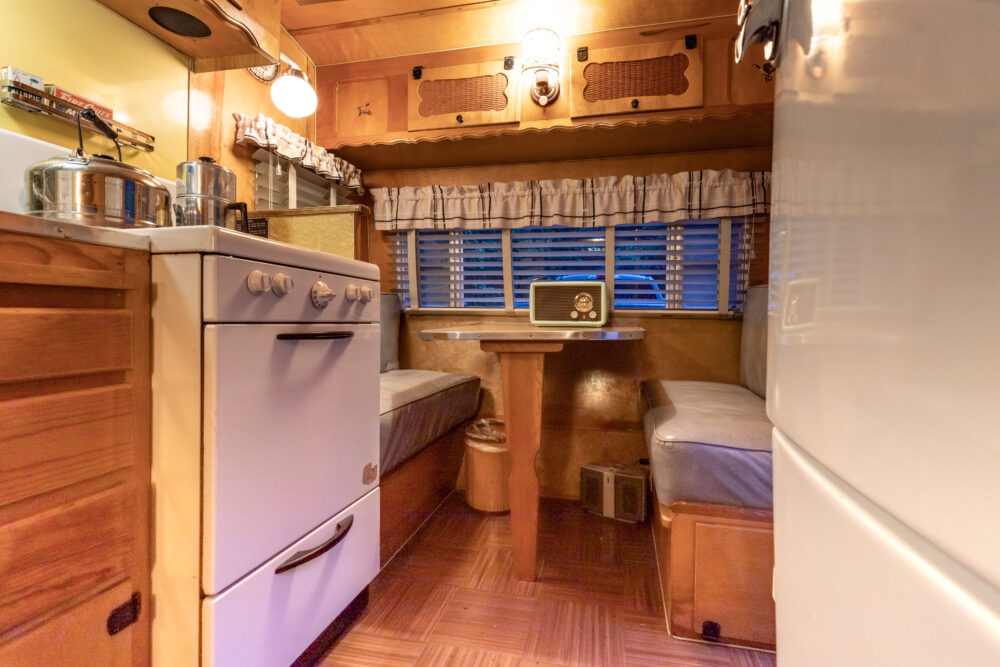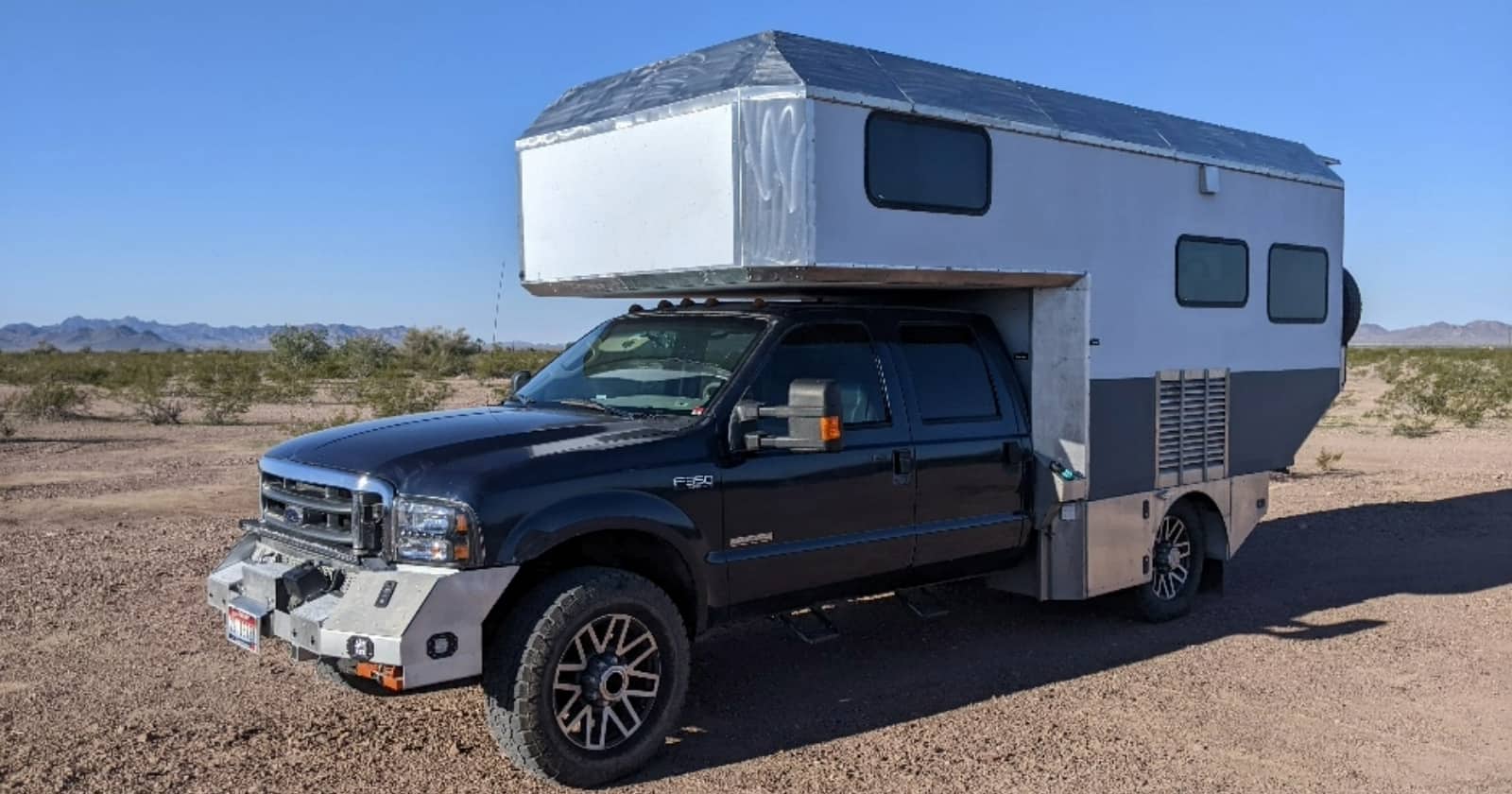
How To Fix Vinyl Plank Flooring Issues in RVs
Vinyl plank flooring issues in RVs can range from simple fixes to signs of more serious problems. In this guide, we’ll explore how to assess the severity of the issue and the best methods for resolving it.
Transition from traditional to modern RV flooring
Gone are the days when RVs sported carpet and linoleum floors. While some nostalgically miss that plush, soft blue carpet, there’s no doubt that vinyl plank flooring has numerous advantages.
Manufacturers increasingly prefer vinyl plank for new models, and it’s a popular choice for those undertaking RV remodels. This is because vinyl plank is affordable, versatile in appearance, and relatively easy to install. While it’s generally durable, issues with vinyl plank flooring in RVs can still arise. Some problems are minor and can be overlooked, but others require immediate attention and might seem overwhelming.
Is vinyl plank a good choice for RVs?
Vinyl plank flooring boasts durability, affordability, and ease of installation. Therefore, it’s an excellent choice for RVs, which is evident from its growing adoption by both manufacturers and DIY enthusiasts.
People often confuse vinyl plank with laminate flooring due to their similarities. However, the primary distinction lies in their cores: Laminate flooring utilizes a high-density fiberboard, whereas vinyl plank has a plastic core. This plastic core renders vinyl plank water-resistant, a significant advantage over laminate, which can warp from moisture exposure. This quality makes vinyl plank a more suitable choice for most RVs.
Installation-wise, vinyl plank is user-friendly. You can cut it easily with a knife, eliminating the need for a saw. There are three primary installation methods for vinyl plank flooring:
- Interlocking – Features edges that click and lock together.
- GripStrip – Incorporates an adhesive edge for bonding to the adjacent piece.
- Glue-down – Relies on adhesive applied to the subfloor, ensuring a secure bond once cured.
Understanding your flooring type is crucial, as it influences how you address potential issues.
Potential problems with vinyl plank flooring in RVs
As reliable as vinyl plank flooring is, it’s not immune to problems, especially given the unique challenges RVs face. Unlike stationary homes, RVs endure the strains of travel, including constant jolts and bumps.
Moreover, during winter storage, RVs can remain unheated for extended periods. This can sometimes lead to unexpected flooring problems when spring arrives.
Fortunately, most repairs require minimal tools. A quality knife, especially one designed for vinyl, is invaluable. Additionally, a straight edge, like an extra vinyl plank, can be handy.
Damaged plank replacement
Replacing a damaged plank, especially in an interlocking floor, can be tricky. Since these planks are locked in place, you can’t just pry them out. A standard method involves making diagonal cuts from each corner and one down the center, allowing plank removal in sections.
For glue-down variants, score the plank edges in the affected area and pry them up. If this damages the planks, replacements might be necessary. Always ensure that you’ve removed any residual adhesive from the subfloor and the plank’s backside before reinstallation. And when selecting adhesives, opt for those compatible with vinyl plank products.
Water damage
Vinyl plank flooring’s water-resistant nature means that the flooring itself rarely suffers from water damage. However, the subfloor underneath is more vulnerable. Made of wood, the subfloor extends throughout the RV, serving as the base for all floor coverings. When exposed to water, the subfloor can either swell, leading to floor bulges, or rot, resulting in soft spots.
Properly installed vinyl plank flooring minimizes the risk of water penetration to the subfloor. However, gaps between planks or around the floor’s perimeter can be entry points. If water damage occurs, you’ll need to remove the vinyl plank to access the damaged area. Handle each plank gently during removal and mark them for reinstallation. Occasionally, some planks might break during this process. If possible, replace them or rearrange them so any damage is less noticeable.
Planks not staying together
While vinyl plank flooring’s locking system is typically reliable, temperature fluctuations can cause expansion or contraction, leading to gaps. To address this:
- Clear all debris from the gap using a vacuum, brush, or compressed air.
- For minor gaps, use a wood piece with double-sided tape or a suction cup attached to shift the flooring. Tapping with a hammer can aid the adjustment.
- For persistent gaps, apply a small amount of silicon before closing it to enhance security. If closing the gap is unfeasible, fill it with silicon to prevent water from seeping into the subfloor.
Problems with vinyl plank flooring in RVs large or small can be tackled with minimal tools or experience. If you decide to make it a DIY fix, plan ahead, take your time, and utilize fellow RVers like those on iRV2 forums to help you through the process.
Track your RV maintenance
Make sure you keep track of all your RV maintenance and repairs with an online tool such as RV LIFE Maintenance. Not only can you keep all of your documents in one place, but you’ll also receive timely reminders when maintenance is due to help you avoid costly repairs and potentially serious accidents.
Continue reading:



